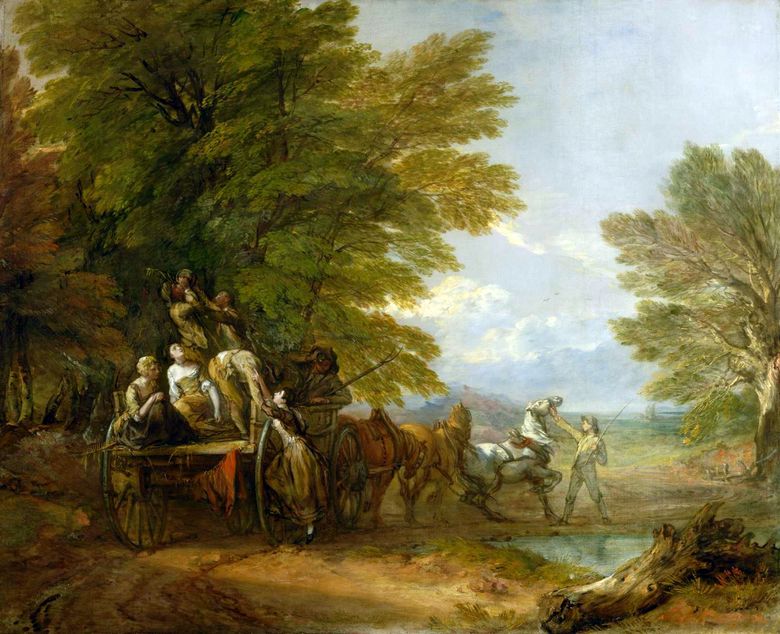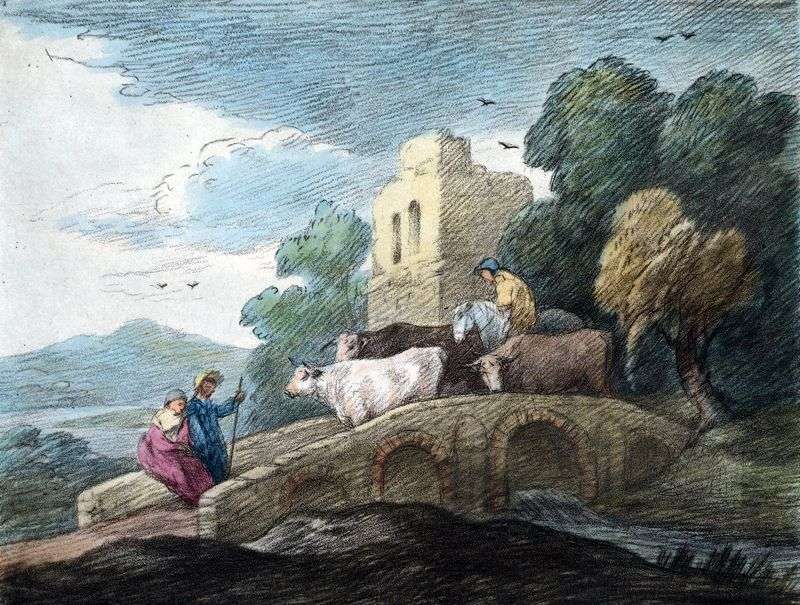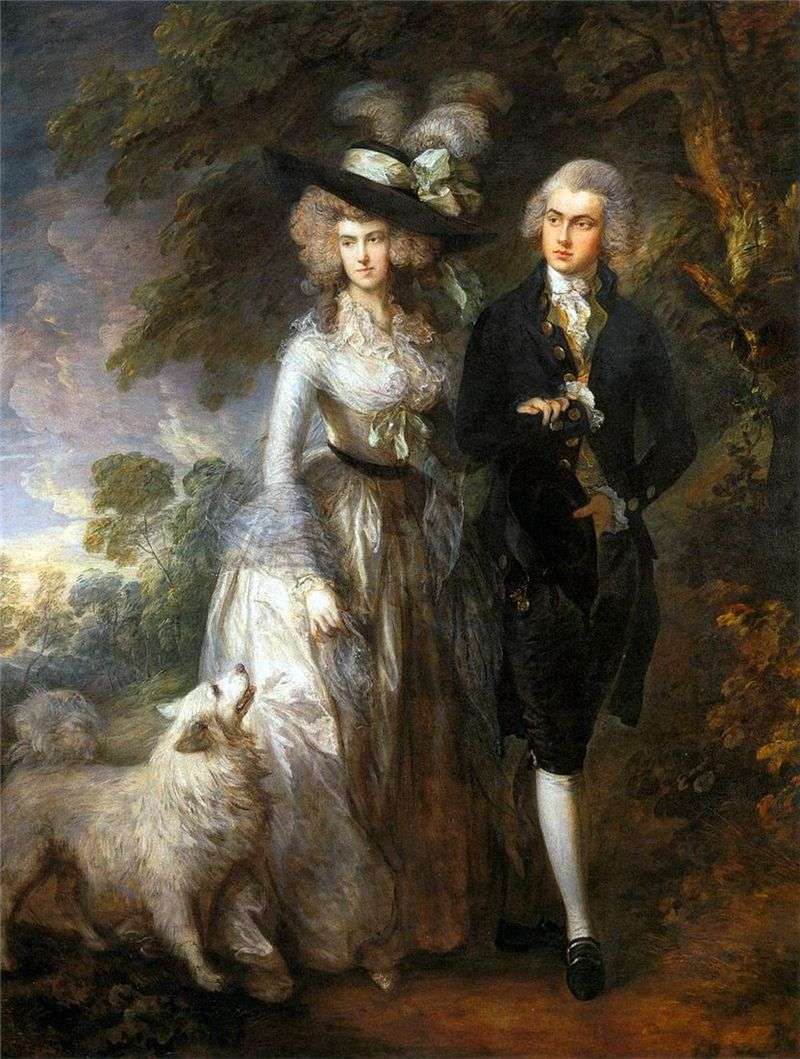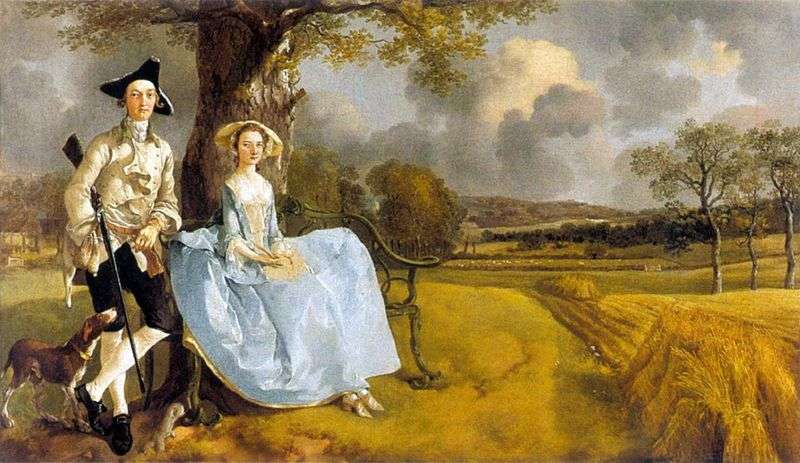
This work, being one of the most famous rural scenes of Gainsborough, is strikingly different from other landscapes of the master. Usually he insisted that “the landscape should not be overloaded with history and superfluous figures, designed to fill the formed voids.” “Nothing,” the artist considered, “should not distract the viewer from the contemplation of nature.”
In “The cart with the harvest,” Gainsborough contradicts himself. There is a definite plot and a sufficient number of figures. A similar departure from his rules the artist made under the influence of the paintings of old masters. So, working on the composition of the picture, he relied on the composition of Rubens’ “Withdrawal from the Cross.”
The direction of the “general flow of motion” in Gainsborough has been changed, but compositional borrowing, however, remains obvious. In addition, it is known that for the “cart with a crop” Gainsborough did preliminary sketches of figures – which is also not very characteristic for him.
By the way, most likely, the village girls the artist wrote from his daughters. The fate of this painting is in some way remarkable. Leaving in 1774 from Bot to London, the master presented it to Walter Wiltshire, a local resident who had helped Gainsborough many times to deliver his paintings to customers. It seemed to the artist that “The cart with the harvest” is the most appropriate in this case a gift for memory.
 Landscape in Suffolk by Thomas Gainsborough
Landscape in Suffolk by Thomas Gainsborough William Pointe of Midgehem and his dog Amber by Thomas Gainsborough
William Pointe of Midgehem and his dog Amber by Thomas Gainsborough Chariot de récolte – Thomas Gainsborough
Chariot de récolte – Thomas Gainsborough Village house with pigs by Thomas Gainsborough
Village house with pigs by Thomas Gainsborough Herd, the passing bridge by Thomas Gainsborough
Herd, the passing bridge by Thomas Gainsborough Lunar landscape with a house by Thomas Gainsborough
Lunar landscape with a house by Thomas Gainsborough Morning Walk by Thomas Gainsborough
Morning Walk by Thomas Gainsborough Portrait of Mr. Andrews and his wife by Thomas Gainsborough
Portrait of Mr. Andrews and his wife by Thomas Gainsborough